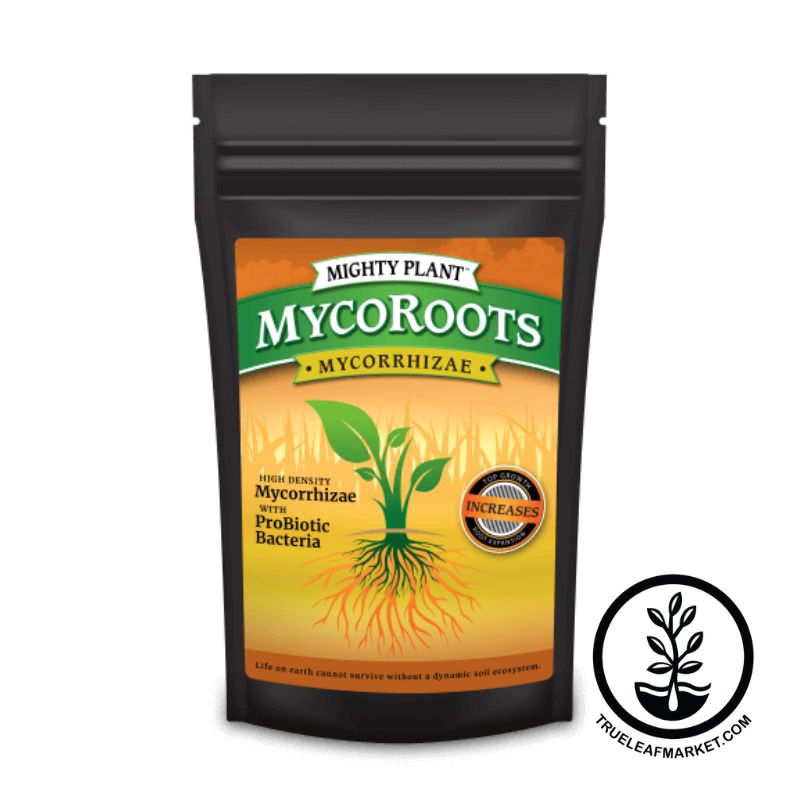 |
Written By Lara Wadsworth |
Known by many names, including lasagna gardening, sheet mulching, sheet composting, and the cardboard method, this style of creating a new garden bed is taking the gardening world by the lapels and demanding its attention. Here, we will discuss what it means to use lasagna gardening for this purpose, the benefits, the disadvantages, and how to proceed if this is your chosen method for creating a garden bed.
What is Lasagna Gardening?
When you have a patch of grass that you want to turn into a garden, you must first kill all the existing grass and weeds. Lasagna gardening essentially smothers the existing plant life with multiple layers of organic matter and soil in order to prevent those plants from growing and prevent any seeds that might be lying dormant from growing. The layers decompose over time, creating a nutrient-rich environment for plants without digging or tilling. This method is highly popular in the no-till and organic gardening worlds as it is easy to fulfill the requirements for those styles of gardens. It is also gaining popularity outside those realms due to the many benefits I will cover below.
Benefits of Lasagna or Layered Gardening
Lasagna gardening is fantastic for soil health. No special equipment or chemicals are required to transform a patch of yard into a garden. The soil microbiome is not disturbed but only enhanced with nutrient-rich materials that improve soil structure and functionality. Even if you have poor, sandy, or clay soils, this method can work for you and is one of the best options! People also love sheet mulching because you don’t need to use a tiller or cultivator, and it requires very little work on the gardener’s end in order to get high-quality results. Lastly, it suppresses weeds, is eco-friendly, and is highly cost-effective! Many of the materials used are free or would otherwise be waste products.
Disadvantages of Lasagna or Layered Gardening
The disadvantages of lasagna gardening are few yet worth considering. Firstly, if not enough topsoil or compost is available, the garden may not be able to be planted immediately. Secondly, some people think the layers look messy, which can be unappealing. There are ways around this (like using raised beds), but it can be a deterrent nonetheless. Lastly, if homemade compost is used and it has not been decomposed sufficiently, it can attract pests. This is not unique to lasagna gardening but should be mentioned. Always use high-quality, well-rotted compost when amending the soil in order to avoid rodents and insects that might target partially decomposed food.
Soil Amendments For Improved Garden Bed Preparation:
Instructions For Creating A Lasagna Garden
1. Decide When to Build - First, you need to decide if you want to do this process a few months ahead of time or right before planting. Both are possible but require slightly different materials. If you do it beforehand, complete it in the fall before your spring planting (or earlier). You will need fewer materials because it will have lots of time to break down, but you will want a heavy layer of mulch on top to prevent weeds from sprouting. Or, you can do it right before you want to plant in the spring. With this timing, you will want to repeat the layers at least twice and then add a nice layer of topsoil or compost on top to allow the plants enough root space to grow before the cardboard breaks down.
2. Gather the Materials - You will need plain cardboard (without glossy prints), matte newspaper (avoid the glossy kind), dry straw or leaves, grass clippings or green leaves, compost, and topsoil. The amounts will depend on how many layers you want to do and how large of a garden bed you want. Each layer should be around 2 inches thick.
3. Choose the Location - Choose a spot with good drainage. Avoid areas that puddle during rain, such as right next to drainage spouts. The location should also have full sun if you want a vegetable garden. Consider the light needs of any other plants you would like to grow. Once you have chosen the spot, you can optionally mow down the grass and weeds if they are tall to make layering easier.
4. Lay Cardboard or Newspaper - The first layer is either cardboard or newspaper. This layer creates an even base layer to smother the plants beneath and easily layer the other materials on top. As mentioned above, avoid any glossy cardboard or newspaper, as these often are coated in plastic, will not properly break down, and can leach unwanted chemicals into the soil. Overlap the paper products by 2-3 inches to ensure even coverage. Rip up paper or cardboard to fill in any gaps in odd-shaped cardboard if necessary.
5. Water - Drench the paper in water before continuing. This will weigh down the paper and help it start to break down.
6. Add Brown Materials - The next layer includes dead plant matter or more paper. If you compost regularly, you will be familiar with the terms ‘brown’ and ‘green’ material. Brown materials are carbon-rich and will balance green or nitrogen-rich materials. Dead leaves and dried straw make great brown material in this case. This layer should be 3-6 inches thick and spread evenly.
7. Add Green Materials - Then, add green materials. Green materials are nitrogen-rich, such as fresh grass clippings, recently pulled plants, and similar materials. You can even use kitchen scraps, but be sure they are only plant scraps (no meat, dairy, or oily foods). Sufficiently bury them to avoid rodents. This layer should be 1-2 inches thick.
8. Water - Next, drench it all in water again!
9. Repeat - Continue to repeat steps 6-8 until the pile is at least 18-24 inches high. If you complete this garden prep in the fall for a spring planting, you can get away with a shorter pile. Aim for an overall ratio of 3 parts brown to 1 part green material.
10. Optional Topsoil Layer - Lastly, add a layer of topsoil. This is especially important if you hope to plant soon or immediately. This gives the plants something to grow in while the rest of the materials break down.
11. Add Mulch - The last layer of your lasagna garden is mulch. This suppresses weeds and helps retain moisture and heat, which are crucial for soil decomposition. Use about 4 inches of mulch if you are waiting to plant. If you are planting immediately, place your plants first and then add about 2 inches of mulch around them. If you are planting seeds, wait to add mulch until they have sprouted to avoid smothering them.
12. Plant - Now you can plant! Whether you do this immediately or a few months later, it doesn’t matter too much. Just be sure to keep the pile moist to adequately compost the brown and green materials into the soil.
My Experience With Lasagna Gardening
Two springs ago, I used this method to turn a neglected garden bed in my backyard into a vegetable garden. We bought our home, and it had a raised bed in the backyard, but it obviously had not been used in years and was covered in weeds. I followed the instructions above and planted immediately. My plants did great! I only did one round of layering, and they all seemed unfazed while the cardboard broke down reasonably fast. The only plants I think struggled were my carrots. They were a bit stunted. Next time I do this, I will be sure to layer it deep enough for my root crops to grow before running into the composting layers.
Lasagna gardening is an accessible and eco-friendly way to transform a patch of grass into a productive garden bed. By layering readily available organic materials, you can build rich, fertile soil without the hard labor of traditional methods. While it requires some patience and material gathering, the benefits of improved soil quality, weed suppression, and sustainability make it a worthwhile endeavor for gardeners of all levels. Feel free to share your lasagna gardening experiences or ask questions in the comments below. Let's grow together!
 |
Lara Wadsworth, True Leaf Market Writer |
I am a native of Southwestern Michigan, where I currently reside. I love all things plants! After completing a Bachelor's Degree in Horticulture, I found a dream work-from-home job that allows me to share my passion. Now, I spend my days writing for TLM, playing with my dog, eating delicious food with my husband, and plotting my next landscape or gardening move. I believe everyone should get down and dirty in the soil now and then. Happy Gardening!






















0 comments
No comments yet! Be the first to start a conversation.